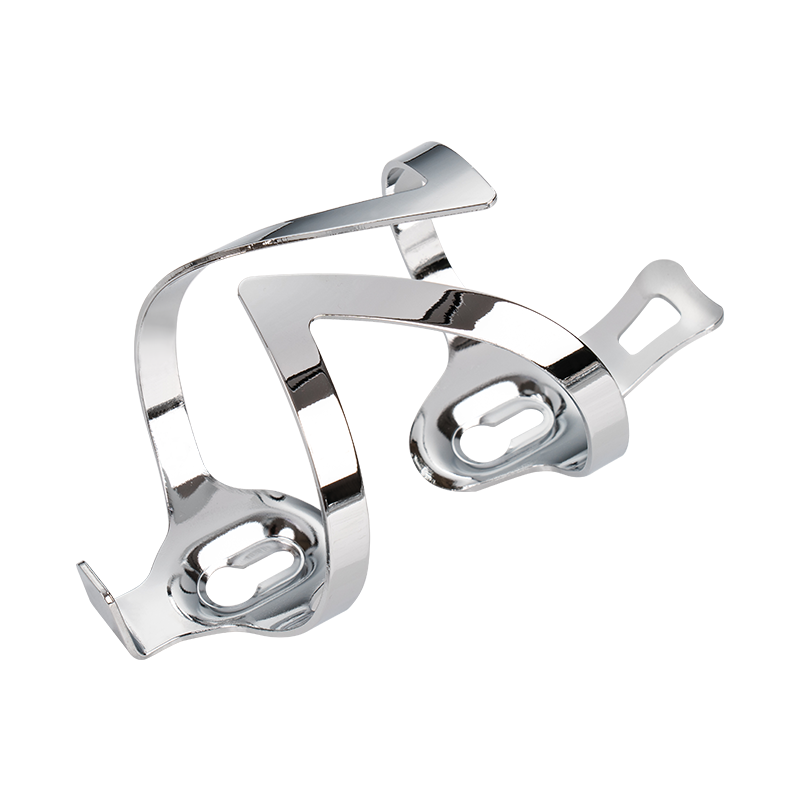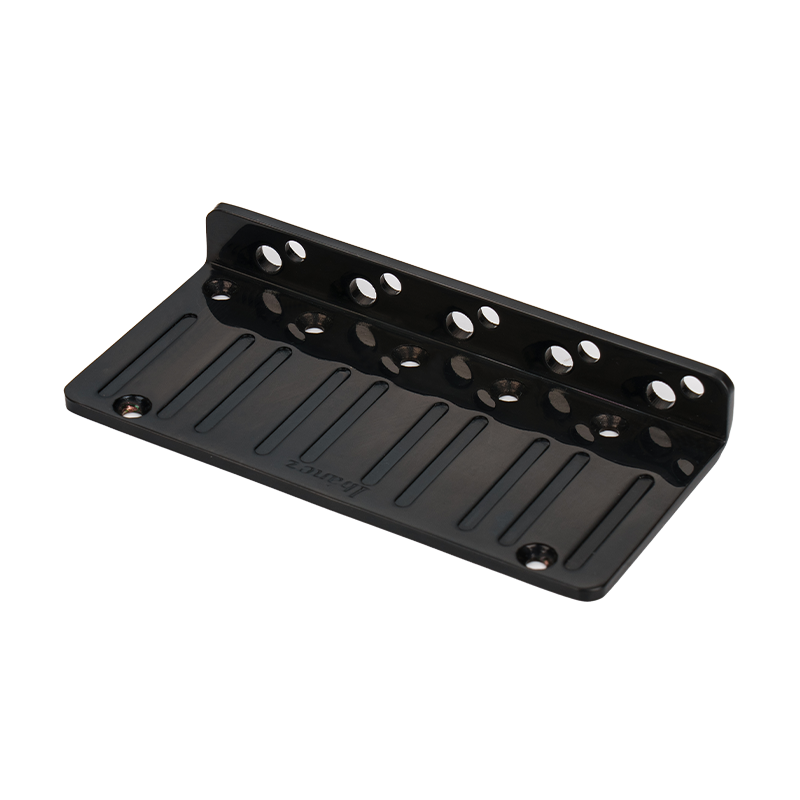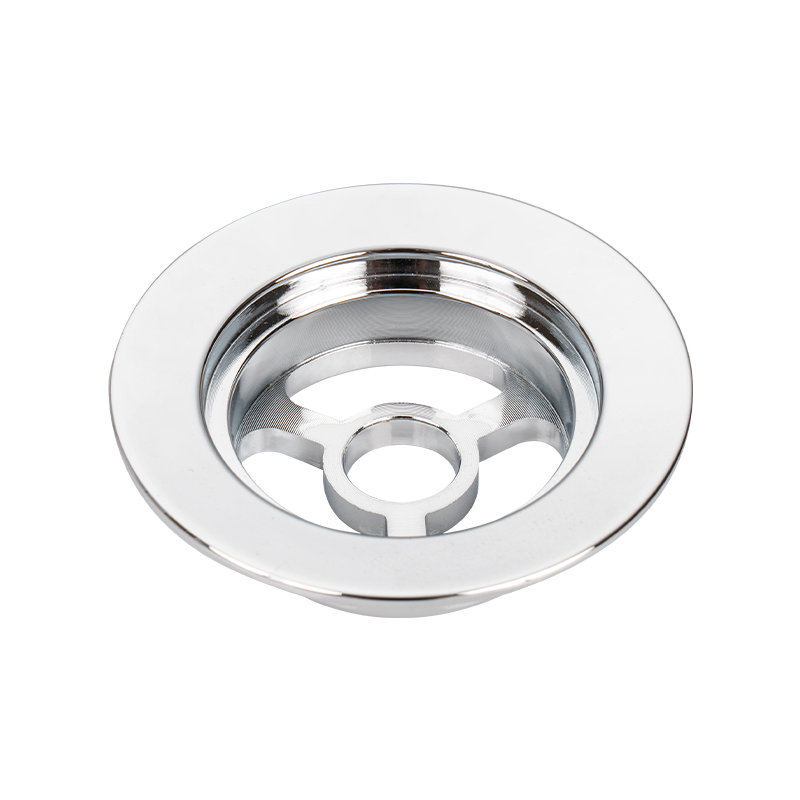How to ensure the connection stability of electric vehicle die-casting parts and other components?
02-01-2025Ensuring the connection stability between electric vehicle die-casting accessories and other components is a systematic work, which requires comprehensive consideration of various factors from multiple links such as design, material selection, manufacturing process, assembly process and post-testing. First of all, in the design stage, it is necessary to select a suitable connection method according to the actual use scenario and mechanical structure requirements, such as threaded connection, snap connection, welding or riveting. During the design, the force of the connection part needs to be accurately calculated to ensure that it can withstand the dynamic load in the work and the fatigue stress in long-term use. At the same time, the tolerance range should be set reasonably to ensure good size matching between parts to avoid failure problems caused by excessive looseness or assembly difficulties.
In terms of material selection, the die-casting accessories materials of the connection parts need to have sufficient strength, toughness and corrosion resistance. For example, aluminum alloys and magnesium alloys are commonly used die-casting materials, but for specific requirements for connection stability, high-strength alloys or specially treated materials may need to be selected to improve fatigue resistance and environmental adaptability.
The manufacturing process also has an important impact on the stability of the connection. During the die-casting process, the molding quality and internal density of the parts should be ensured by strictly controlling the process parameters (such as temperature, pressure and cooling rate) to avoid defects such as pores and cracks that affect the strength of the connection. The precision of the mold is also one of the key factors. High-precision molds can reduce the dimensional deviation of the parts, thereby improving the consistency of assembly. In addition, secondary processing such as precision cutting or grinding may be required at key connection points to further improve the surface quality and dimensional accuracy.
Surface treatment process is another important link to improve the stability of the connection. Through processes such as anodizing, electroplating or spraying, the corrosion resistance and surface hardness of the die-casting parts can be effectively enhanced, thereby reducing the risk of loose connection or failure due to environmental factors. For some high-demand connection parts, special coatings or heat treatment processes can also be used to further improve the material performance.
During the assembly process, it is necessary to strictly follow the standard operation to ensure that the connection between the parts is firm and the force is uniform. Professional assembly tools and equipment can be used, and the torque of the connection parts can be accurately controlled to avoid thread damage due to excessive force or loose connection due to insufficient force. For parts that may be subject to vibration or impact, locking washers, adhesives or other anti-loosening measures can be added to enhance the stability of the connection.
Are You Interested In Our Products
Leave your name and email address to get our prices and details immediately.

 English
English 中文简体
中文简体 Deutsch
Deutsch русский
русский















